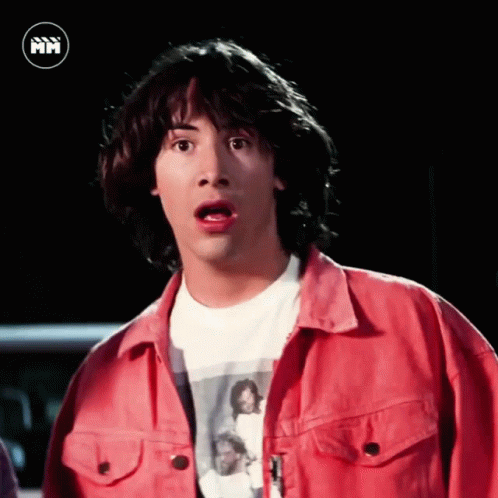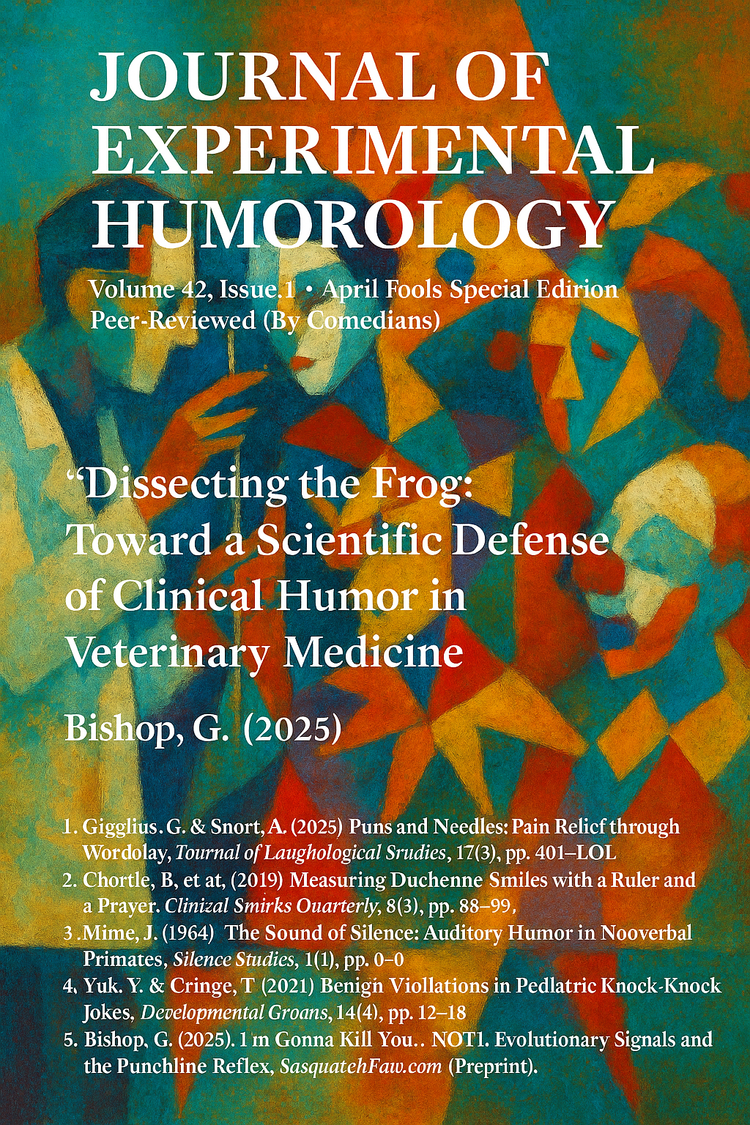Science-ing Art

V.S. Ramachandran: neurologist at UCSD, pioneer of phantom limb syndrome, great writer, and wears a bow tie. Consider me a superfan. The only knock against the dude is that, being from San Diego, he occasionally derides the linguistic capabilities of surfers (not cool, dude).
But his insights into brain science are extraordinary. Working backwards from unique patient disorders, he reverse engineers fundamental principles of cognition; in essence inferring from their "glitches" how things work inside the brain. It's amazing, and his use of a "mirror box" to treat phantom limb pain is just... well, it's just...

So that's cool, really cool, and I hope to get into a long conversation with you about neuroplasticity some other time. But one of most compelling things I've ever read is his theory of why humans have a unique appreciation for art (no offense, sea stars).
Now, I'm a sucker for any concept in line with the argument that "Nothing in Biology Makes Sense Except in the Light of Evolution". I mean, I f***ing love science! But I've also been an artist as long as I can remember; every notebook from every science class I've ever taken is filled to the brim with doodles (there are occasionally notes in them, too).
Not that I'm claiming greatness in either realm; I'm a vaccine-hawking veterinarian who sketches surfing sasquatches in the sunshine. It's not like I've written Einstein's Fifth Symphony or Van Halen's Panama. It's just that I love art and science equally. In fact, while reading one of Ramachandran's book over several weeks, I also systematically listened all 24 Kinks albums.
It could have been exhaustion, but listening deeply to the music, I started to notice some of the scientific principles he discusses in his paper, The Science of Art (Ramachandran, not Ray Davies). It's amazing fascinating. It's like dark chocolate-covered crack for both hemispheres of your brain. Science and Art combined! Muahahahah!!!
I want to go over some of the principles he suggests as scientific explanations for what makes art compelling. I'm sure I'm not up to the challenge, but his idea is that each one of these principles, when expertly applied by the artist, gives our brain the equivalent of a dog treat (good boy, limbic system!*). In other words, art taps at a deep emotional keyboards in our subconscious and makes us feel good. That's not necessarily groundbreaking news, but it's the explanation of the mechanisms that is so, so cool.
Ramachandran is no doubt a great writer, but to be honest, some of these scientific concepts sound a little too... science-y. So I'm giving them new, sexier names. The first one he talks about is:
The Peak Shift Effect (pretty cool name, it can stay)
The idea is that an artist can make an impact by emphasizing something that is already above average. This is what caricature artists do: exaggerate noticeable features. You take the "peak" of something and shift it even further. It's like putting an exclamation mark on it. Nixon is jowly! And that makes "jowliness" the emphasis. I think to do this well, you have to have an idea what about your art is particularly salient, and then choose a subject with an above average "that".

Perceptual Grouping and Binding (um... "PG Bind"?)
Basically, animals need to know what "stuff" is to survive, so the brain likes finding "stuff". It's automatically trying to detect "stuff" from "not stuff" (or "shit", to George Carlin's) all the time. When something goes into the "stuff" bin, your brain is happy, because it's actually lazy, and just wants to wipe it's hands clean of all that hard work. For example, does anything jump out from the picture below? Once you've seen it, it's like a Magic Eye poster than you don't need to go cross-eyed to see. Try to un-see it, and you can't, because your brain is a lazy bastard. The artist can exploit this by seemingly presenting a bunch of "not stuff" that has some "stuff" pop out of it.

Isolation ("Ice-A-Lat'n")
Grouping allows you to pull "stuff" out of the void, but another way is to literally draw a line around it. A line is the first thing a kid (and my wife) can draw. It screams out, "This is stuff!". Which is great for your brain, because then it gets to relax and just soak in the rest of the piece. Once we know where to look (i.e. it's outlined) we don't have to waste time and effort wondering what the hell we're supposed to be looking at. If you've ever stared blankly at a piece of art, wondering what you were supposed to get out a banana duct taped to wall, it probably made your angry. Your brain is pissy that it can't isolate the subject (Is it about consumerism? Impermanence? The fruit trade?). If, on the other hand, the artist just tells you where to look, you're free to move on and appreciate the details and nuance (and subtlety, and metaphor, I guess?). Don't make the brain work too hard.

Contrast Extraction ("Con-Ex")
So, I'll try to not make an edging joke here. I'm just gonna hooooold it in. For as long. As. I. Can. Mmmmmm... Okay- okay that's enough. Yeesh.
Anyway, edges are sudden changes in something's appearance (color, tone, etc.). Our brains find edges because that might be a border between "stuff" and "not stuff". We sometimes tune out homogeneous information like endless boxes of cereal in a supermarket because it's literally all the same. We can't find an edge (or the Cracklin' Oat Bran)! Our brains are looking for something new, and the artist can get noticed by doing something radically different from the rest. In other words, just being weird enough sometimes works.

Symmetry ("Sim-Sim")
Things that are important biologically are often symmetrical. No judgment, but things that you usually eat or sleep with aren't lop-sided. So we like symmetry.

The Generic Viewpoint ("G-View")
Basically: our brains would rather not have to come up with painfully improbable explanations for why something looks a certain way. If it walks like a duck, quacks like a duck, and has distinctly un-consensual sexual behavior like a duck, we'd really prefer it not to be a random accumulation debris with the exact mannerism and vocalizations of a duck. Brains no likey when things get too weird, which is why it's a bit unsettling when walking between perspectives of an illusion sculpture, before the image becomes clear.

Is that really it?
Well no. Sexually mischievous waterfowl and adherent fruit aside, the point is to suggest biologically-plausible explanations for why certain aesthetics tickle our brains. As an artist, tapping into the brain's feedback mechanisms can make things more attractive to the audience, so it's cool to have these principles laid out. As a science-minded individual (SMI), I love how cool it is that there's even an explanation at all!
Ramachandran (and shoot did I forget to mention his co-author, William Hirstein?) are quick to add that these are not all the principles that can make art appealing, and that it's not a cookbook recipe. It's still hard to pull these off, even with an understanding of the underlying biology (just ask any abiotic process like geological erosion or Nickelback). And these "rules" aren't rigid, they can be bent or even broken to create additional meaning. But ever since coming across these, I've been consciously applying them to my creative projects, hoping to advance my understanding as an SMI and my skills as an artist.
*Not a bad name for a chihuahua.






Comments ()